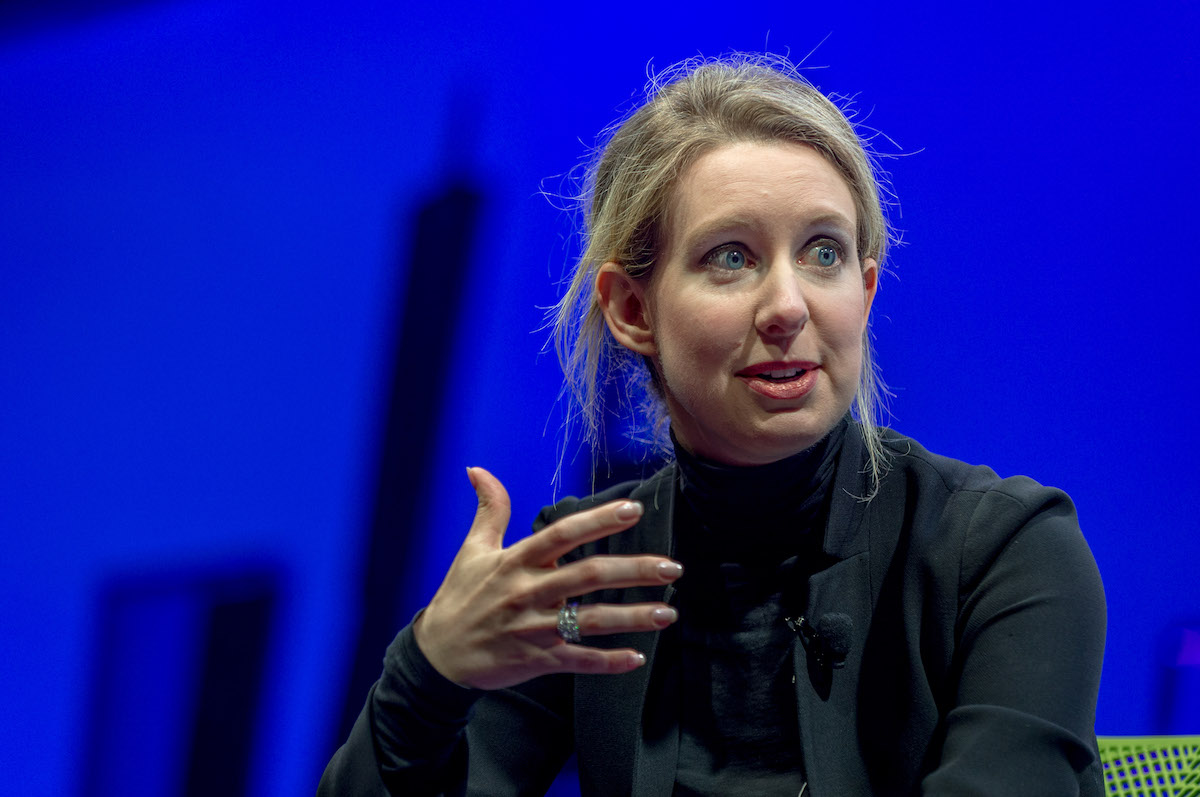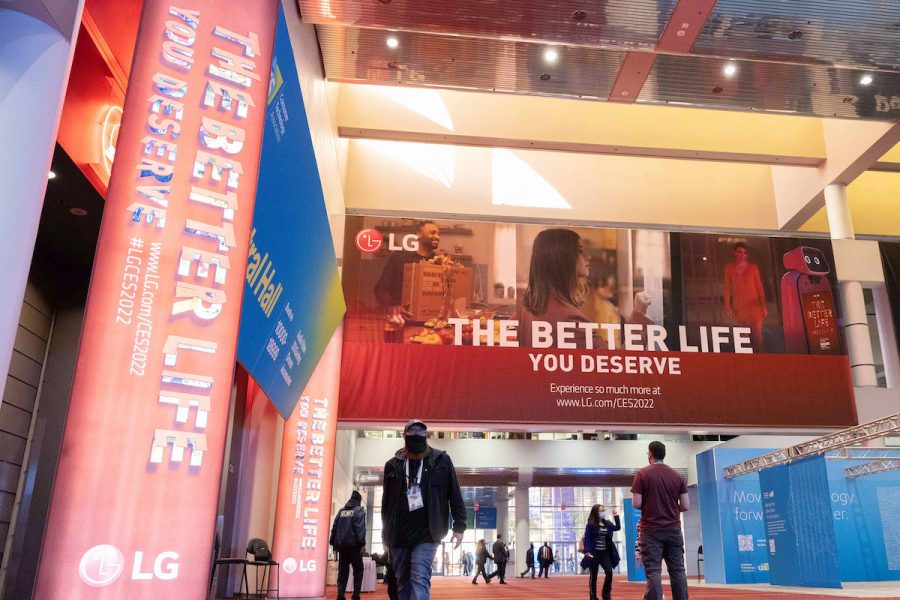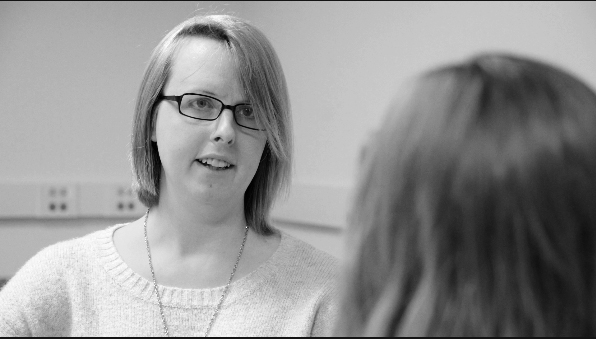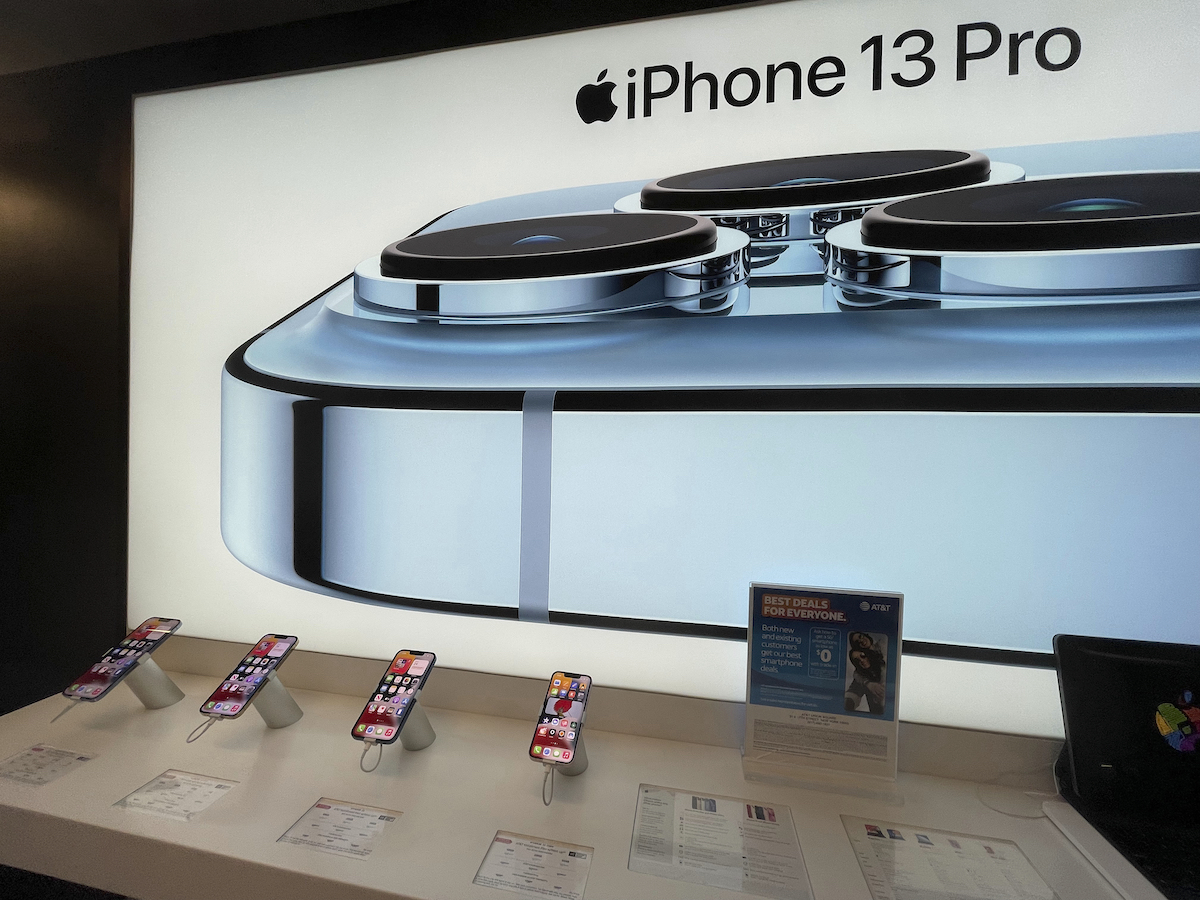In a historic moment for Silicon Valley, Elizabeth Holmes was found guilty on Monday, Jan. 3, 2022 on one count of conspiracy to commit wire fraud and three counts of wire fraud against specific investors, out of 11 total charges. Each count could lead up to 20 years in prison and five years for the conspiracy count alone.
Holmes, founder and former CEO of Theranos, has been an interesting figure in the Silicon Valley startup landscape. To be a pioneer and successful entrepreneur as a woman in a male-dominated field is no easy task. In the early stages of Theranos, many cheered her on with vigorous enthusiasm, hoping she would be an inspiration to young women wishing to make life-changing impacts on society—and the tech industry.
She was competitive at a young age, and looked to Steve Jobs as her tech industry hero; from his visionary mindset to his attire, Jobs was a very important role model for her. Holmes went on to drop out of Stanford her sophomore year to found a company called Real-Time Cures, after studying abroad at the Genome Institute in Singapore.
Later, she would change the business name to Theranos.
Her story up to this point is no different than the many other tech moguls that wished to make it big in the era of the unicorn tech startup. So how exactly did Elizabeth Holmes go from pioneer to fraudster? It’s a tale that encompasses ignorance, ambition and the harsh truth that, even for tech billionaires, some things are simply not physically possible. The struggle—and perhaps lesson—is in understanding limitations and transparency.
Holmes was eager since her dropout to revolutionize the healthcare industry and biotech by providing tests which could detect conditions such as cancer and diabetes with only a few drops of blood. This, of course, was known to be an impossible task by most practitioners of medicine, but in the era where the general public still held trust and belief in tech startups, many were willing to see her prove them wrong.
It wasn’t until 2015 when a Wall Street Journal investigation reported that the blood testing technology it touted would not work. The Edison—the machine Theranos was building—claimed to conduct more than 240 tests inside its compact size.
As mentioned in The Inventor by medical professionals, many of the blood tests Theranos was claiming to be able to conduct were impossible with such a small amount of blood. Even omitting those tests, the Edison, as claimed, was too small for the physics that involve blood sampling to work.
That however did not stop Holmes from reassuring investors and the public alike that all was well within the development process. Behind the scenes, Theranos’s lab was poorly run, and in some cases, outsourced most of their tests instead of conducting them in-house via the Edison. It became clear that the Edison was a machine destined for failure.
Was Holmes intentionally defrauding customers? Or was she in too deep, setting out to change the world only to realize her vision as she saw it wasn’t possible? These were the questions that the trial sought to answer. White-collar fraud cases are difficult to prosecute, and Holmes’ conviction on four out of 11 charges is less than common.
Instead of admitting defeat to a business failure, Holmes continued to be dishonest with investors and downplayed the struggles, even though many lab directors have testified that the technology was insufficient. Holmes testified in her own trial that it was never her intention to defraud customers or investors over her technology.
However, Theranos’s projections in 2014 and 2015 were entirely unrealistic and impossible to make without lack of medical contracts. Theranos then projected $140 million in revenue—losing just $3 million—and raking in $40 million from pharmaceutical companies without any formal contracts. That, the jurors claimed, was what sealed the deal for intentional fraud.
The conviction of Holmes may serve as a warning to Silicon Valley idealism; sometimes, a vision just isn’t enough to turn it into reality. When reality hits and what was imagined cannot—or should not—be created, there must be a moment to step back and accept this. Otherwise, the costs to deceive the very people who believed in you will be paid in full, no matter how hard you try to escape its grasp.






